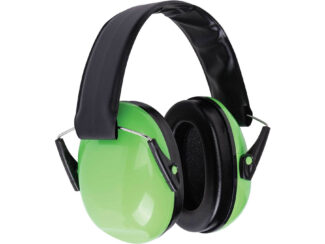
Sensory overload has become an increasingly common challenge for many individuals. Sensory overload occurs when our senses are bombarded with more stimuli than they can process, leading to feelings of stress, anxiety, and even physical discomfort. It can be triggered by various factors such as loud noises, bright lights, crowded spaces, or even certain textures.
So, how can we effectively manage sensory overload and reclaim a sense of calm? Here are some strategies to consider:
1. Utilise Noise-Cancelling Headphones:
Investing in a good pair of noise-cancelling headphones can be a game-changer for individuals sensitive to auditory stimuli. These headphones work by actively reducing external noise, allowing you to create a quieter and more peaceful environment wherever you go.

2. Provide a Sensory Tent or Safe Space:
For those who are particularly sensitive to light or visual stimuli, setting up a sensory tent or creating a designated safe space can provide a much-needed refuge. This space can be outfitted with soft lighting, comfortable seating, and calming tools to help soothe frayed nerves and offer a temporary escape from overwhelming sensory input.

3. Engage in Quiet Activities:
When feeling overwhelmed, engaging in quiet, solitary activities can help redirect focus and calm a busy mind. Whether it’s reading a book, practicing mindfulness meditation, or doing a puzzle, finding an activity that brings a sense of peace and relaxation can be immensely beneficial.

4. Embrace Deep Pressure Input:
Weighted animals, lap bags or vests can provide deep pressure input to the body, which has been shown to have a calming effect on the nervous system. The gentle pressure mimics the sensation of being hugged or held, promoting feelings of security and reducing anxiety levels.

Incorporating these strategies into your daily routine can help you better manage sensory overload and regain a sense of equilibrium. Remember that it’s okay to prioritise self-care and take steps to protect your well-being in an increasingly overstimulating world. By recognizing your triggers and implementing effective coping mechanisms, you can navigate sensory overload with greater ease and resilience.





